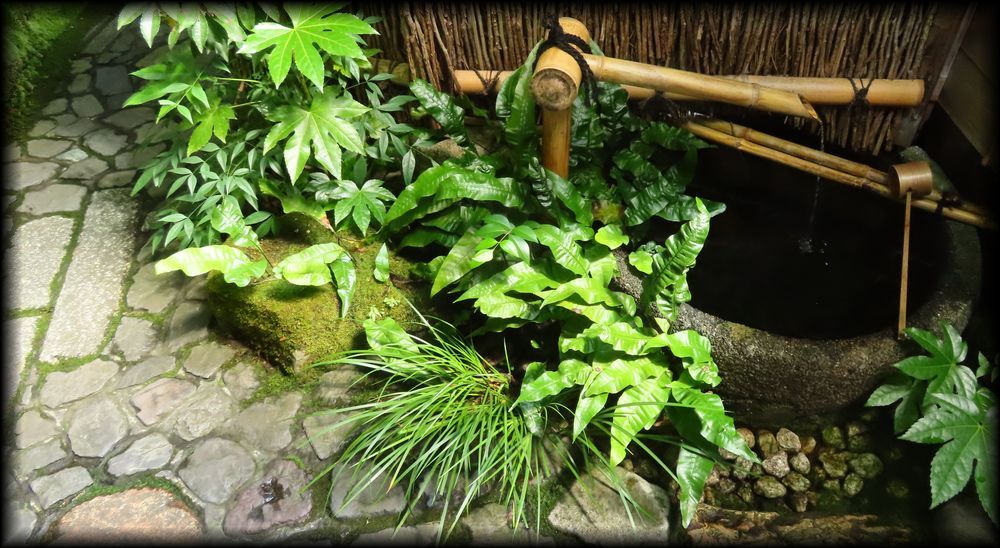 Hyotei Kyoto Japan Zà MAP
Hyotei Kyoto Japan Zà MAP- One of the finest Japanese-style restaurant - Beautiful Gardens at High-class Japanese Restaurants
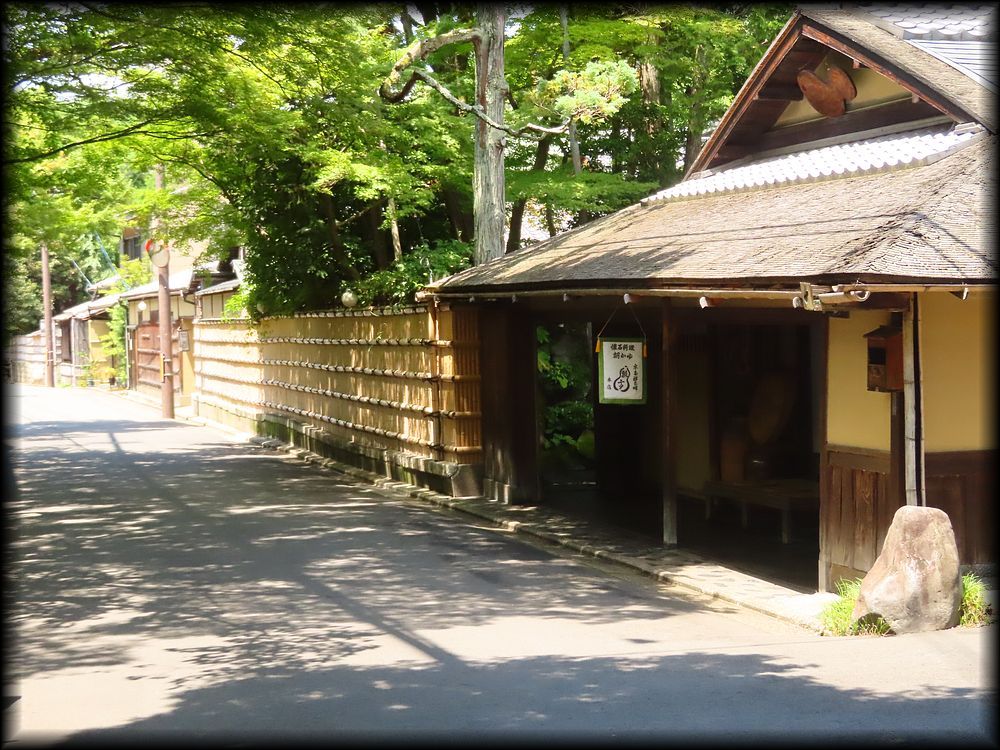
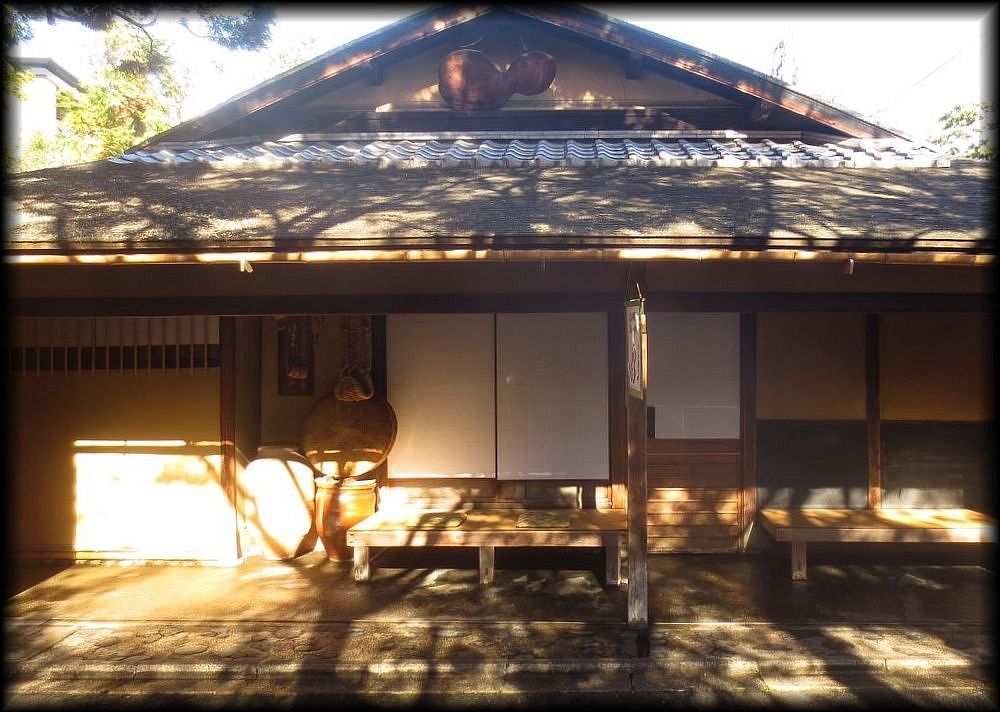
The garden of Hyotei, one of Kyoto's most prestigious ryotei restaurants.
I visited in the summer of 2023 to view the tsuboniwa garden ( small courtyard garden), which is said to embody "a mountain residence within the city."
¨ Official Web Site
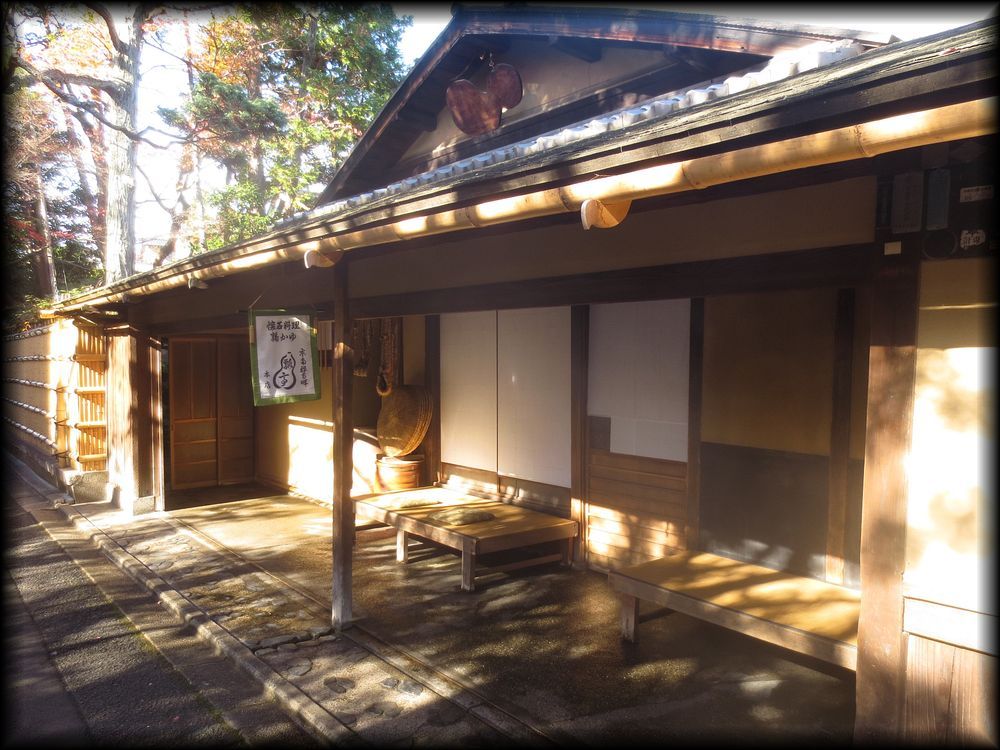
Hyotei was founded about 400 years ago.
Since it started business as a teahouse on the approach to Nanzenji Temple, the entrance to the main building still has a simple teahouse-style structure (the japanese old sandal decorating the entrance and the floor stools for resting are said to be vestiges of that time).
The restaurant boasts a history of more than 180 years as a ryotei (Japanese-style restaurant), dating back to 1837 during the Edo period (1603-1868).
The design of the Hyotei's trademark, "Hisago (gourd)", is traditional and lovely.
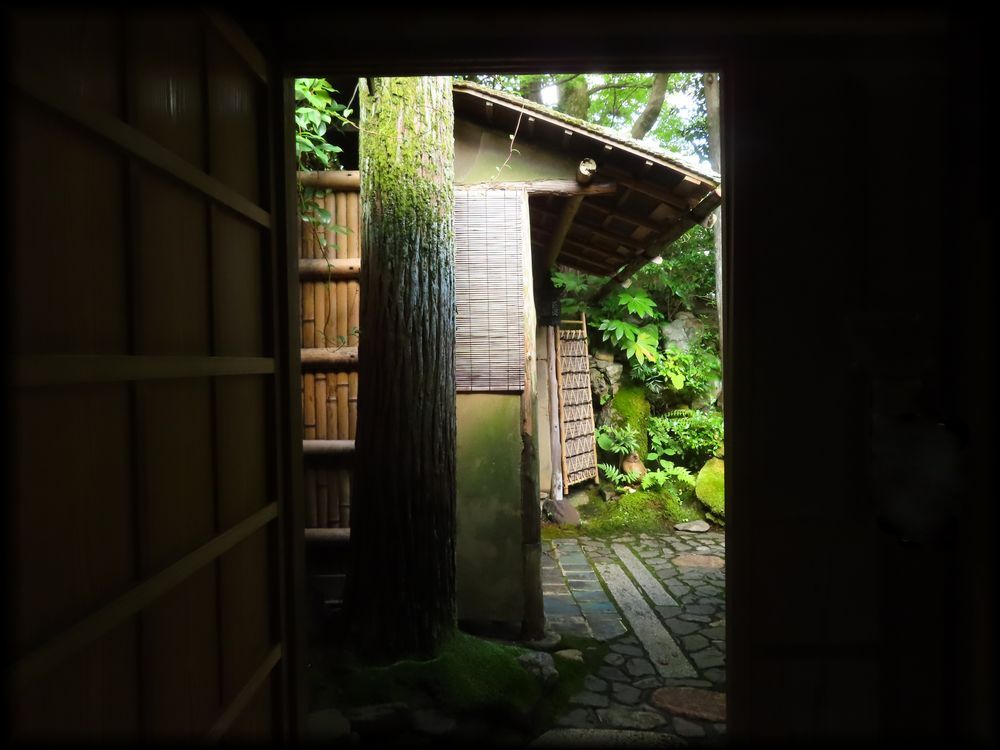
When the time for my food reservation arrives, I walk through the wooden door and head for the "a mountain residence within the city".
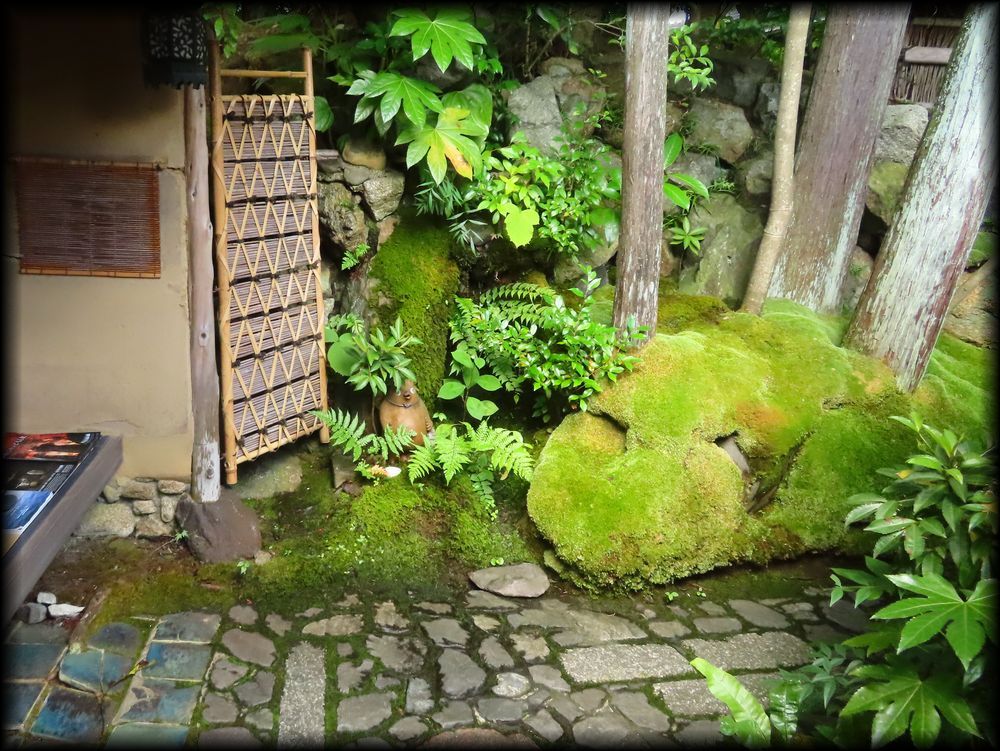
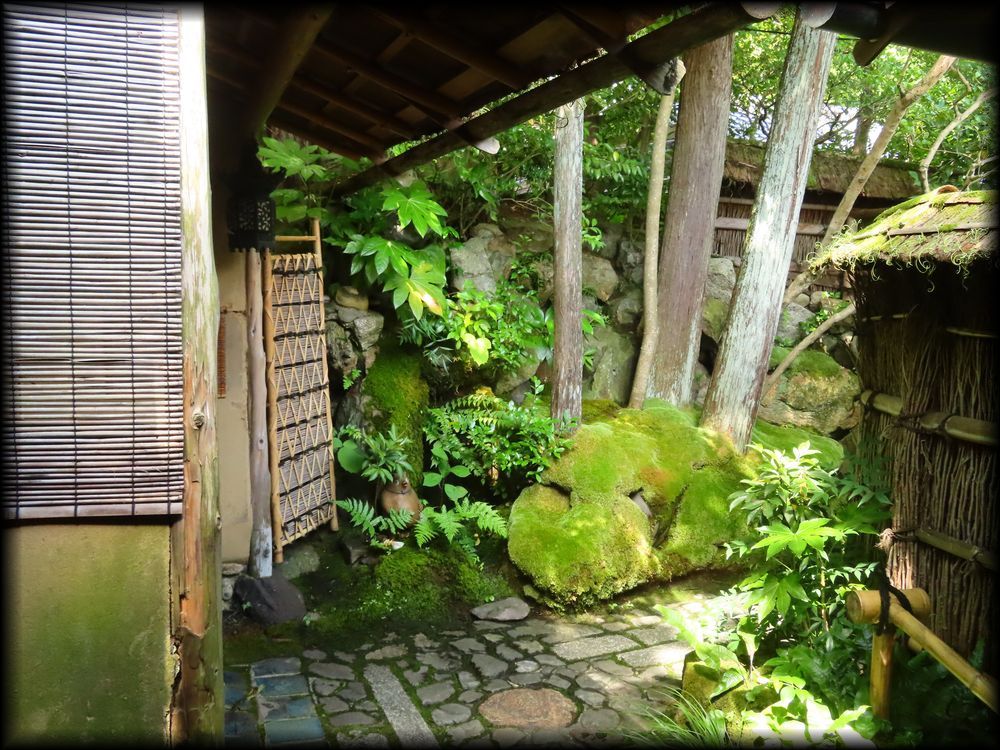
Right next to the wooden door is an outer sitting area (sotokoshikake, a resting place before heading to the Japanese tea house).
As soon as I stepped into this area, I entered a different world, isolated from the bustling cityscape.
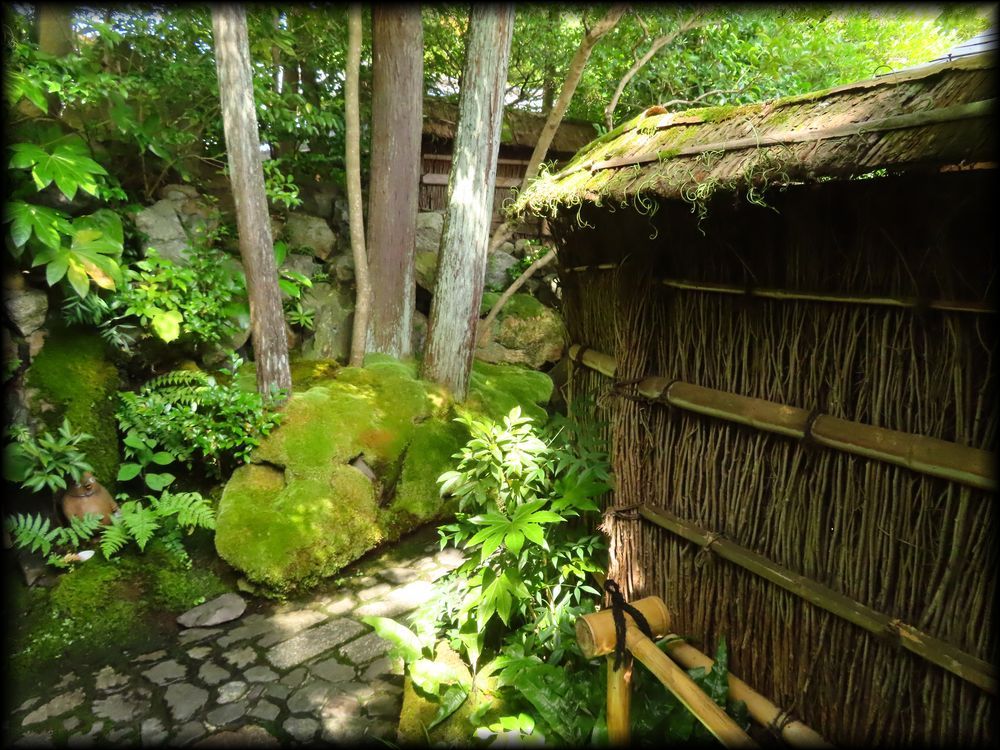
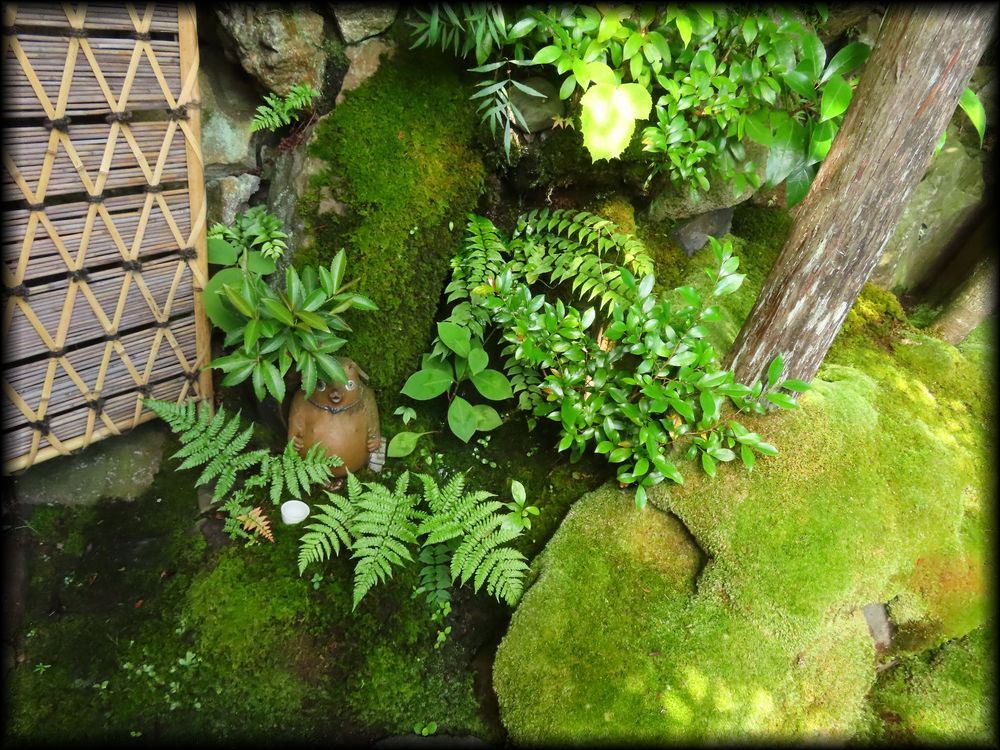
The garden around the outside sitting area.
Moss of the finest color and texture covers the roots of the trees.
The quaint ferns that grow naturally next to the mosses, for example, are in fact well cared for, but the form is so natural that one does not feel any human intervention at all.
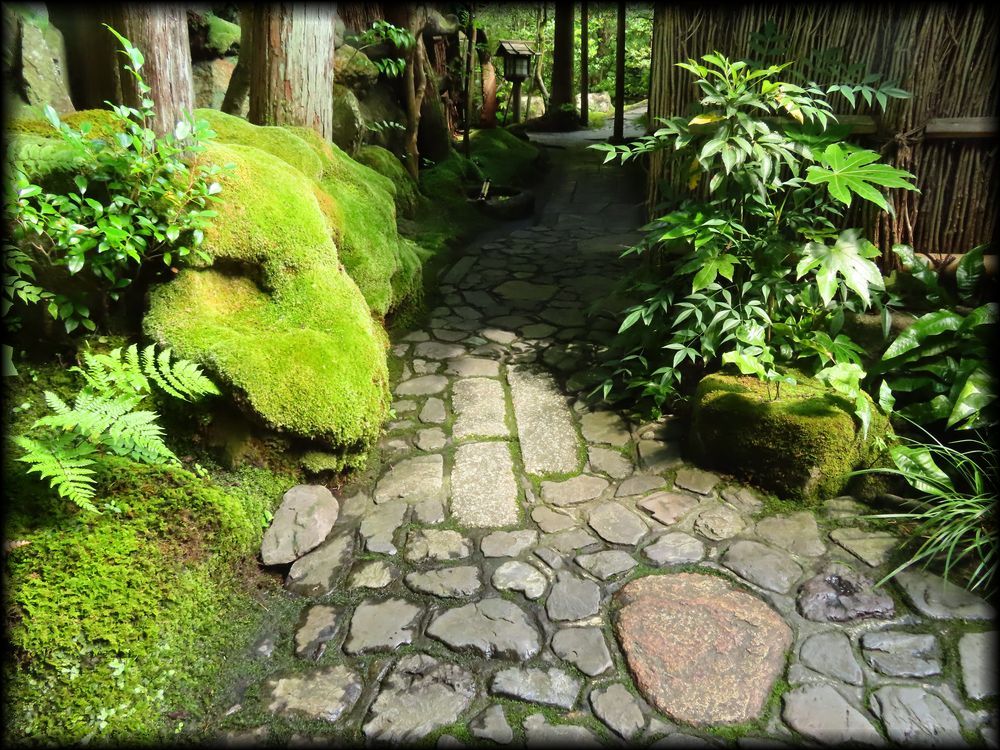
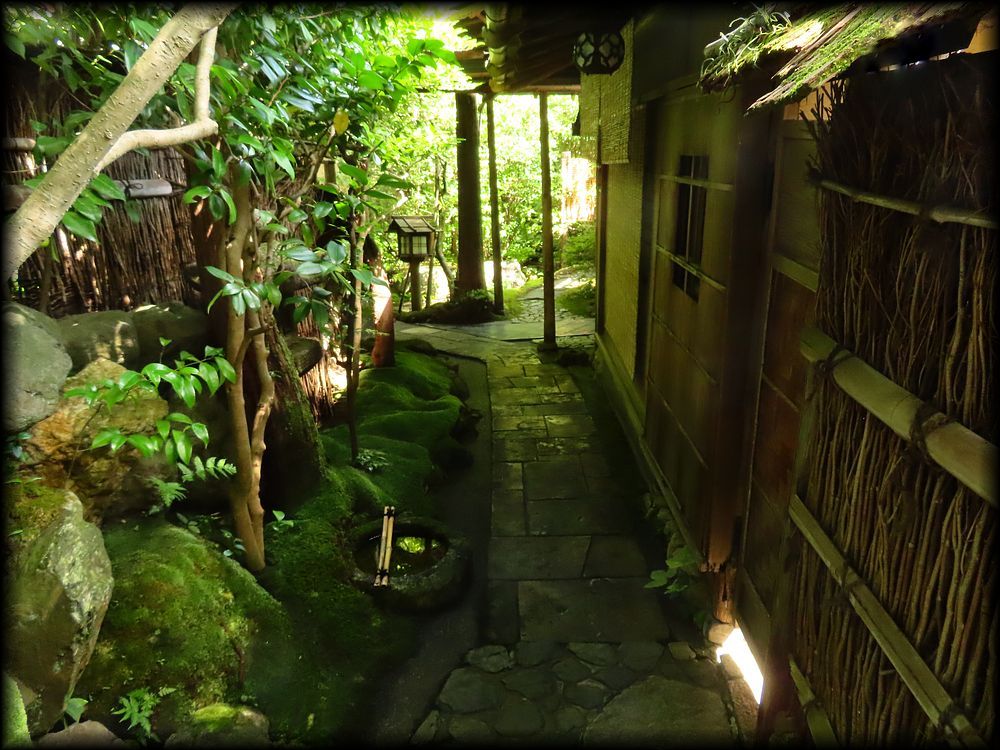
I walk through the Nobedan, a collection of natural stone paving stones, to the Japanese tea room-style room where the food is served.
The paving stones are beautiful and appropriate for a garden that values "naturalness".
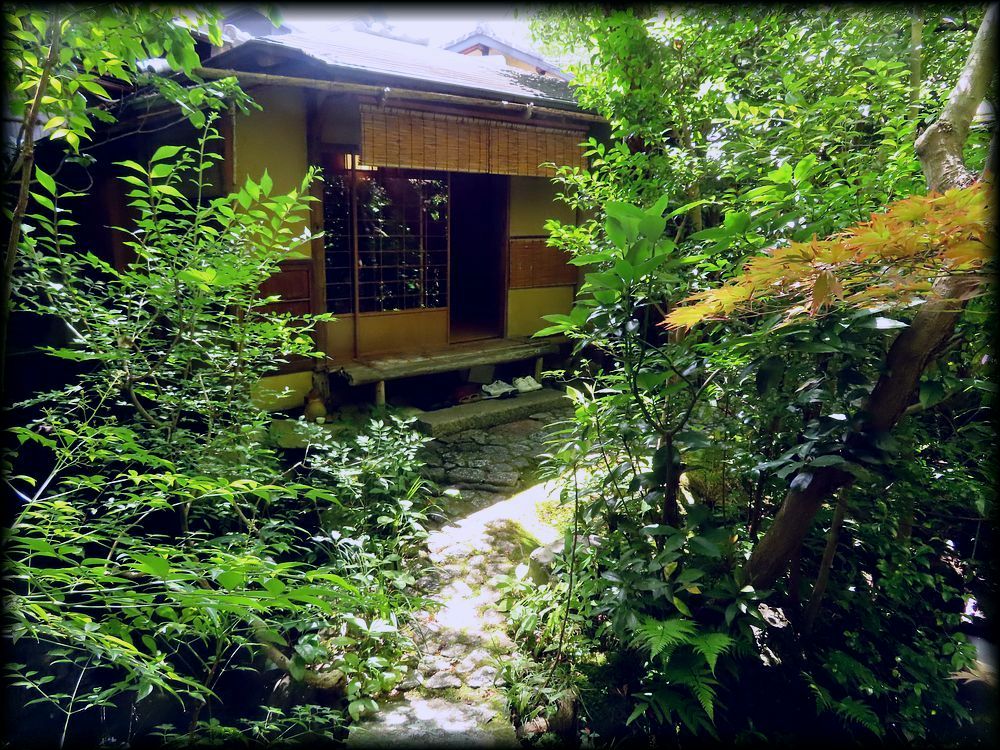
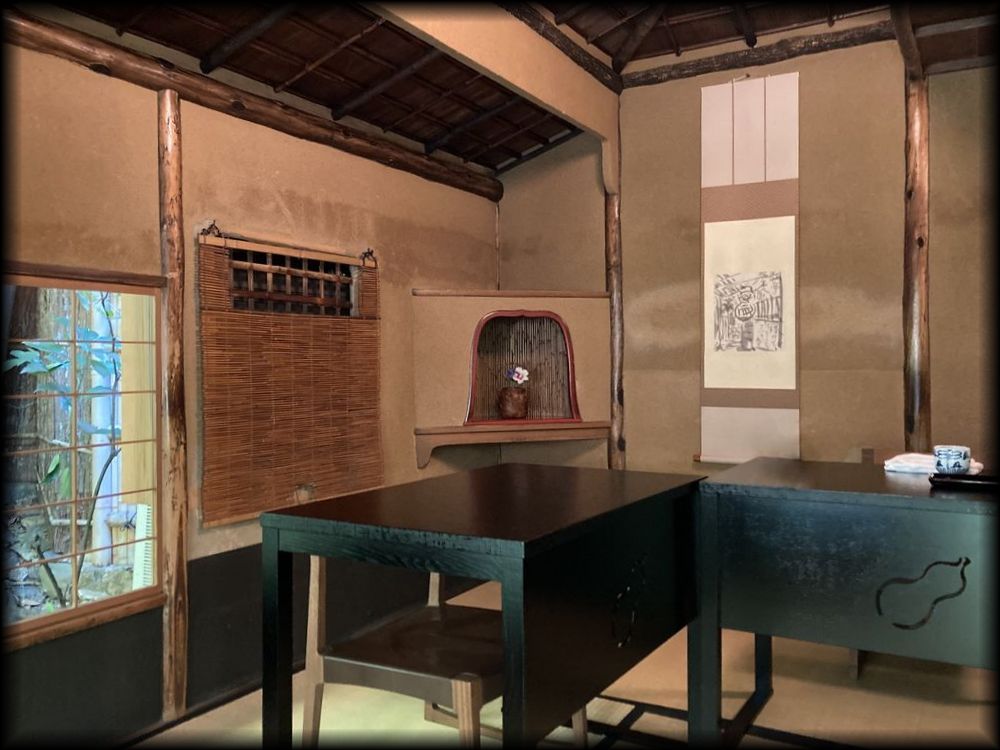
The room where I will be served is Tansen-tei, a four-and-a-half-tatami-mat tea room built in the Meiji period.
The shelf (Fukuro-dana), hollowed out in the shape of a window (kato-mado) found in Zen Buddhist temples, is a simple yet very unique structure that creates a quiet splendor.
The dining table is decorated with the Hyotei's trademark "Hisago (gourd)" design.
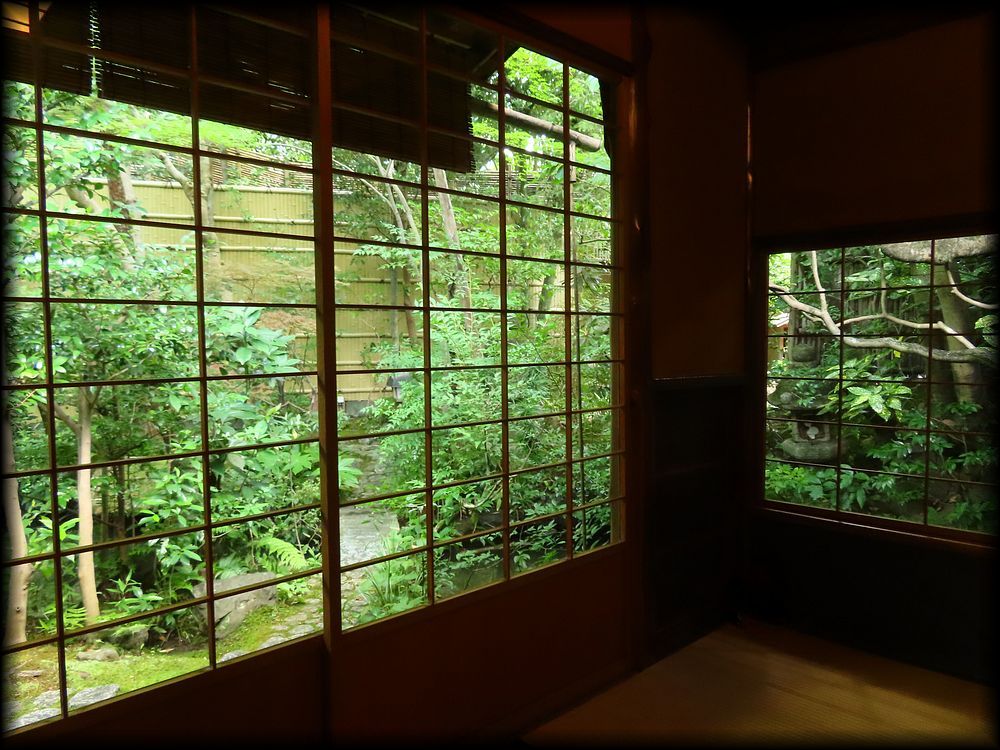
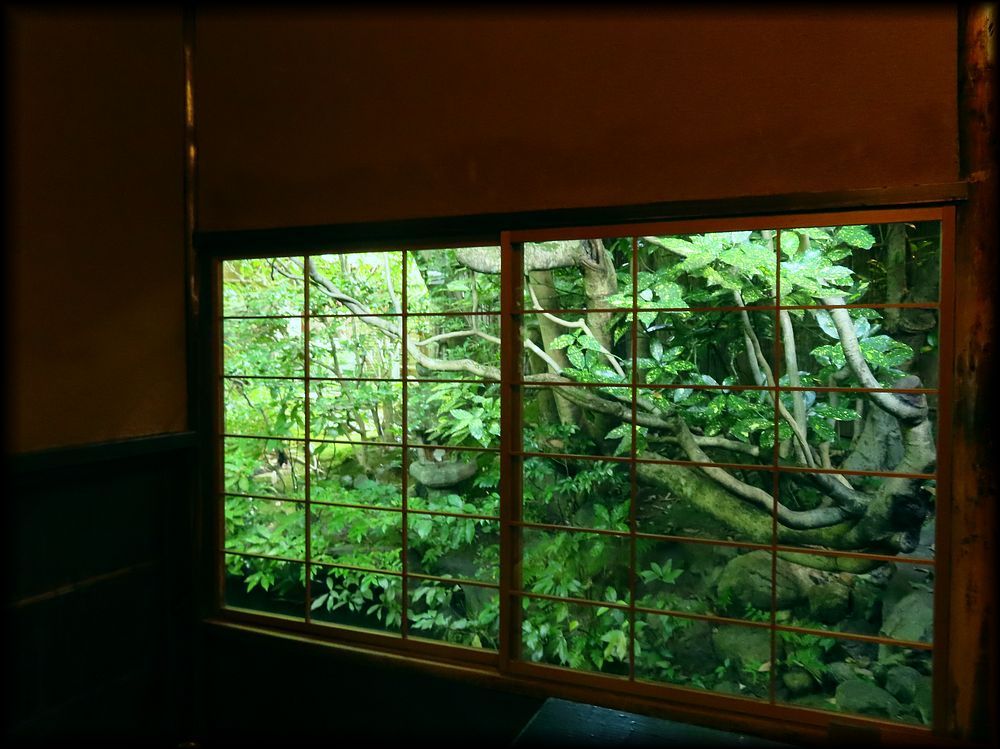
Outside the window is a "mountain residence in the city" that seems (at first glance) to be covered by a dense thicket of trees.
The concept of "a mountain residence in the city" is considered the ideal form of a garden or environment surrounding a Japanese tea ceremony house in the Japanese tea ceremony.
It is not a true mountain residence, but rather the result of the pursuit of how best to incorporate nature into the capital city of Kyoto, which has been a large city for more than 1,200 years.
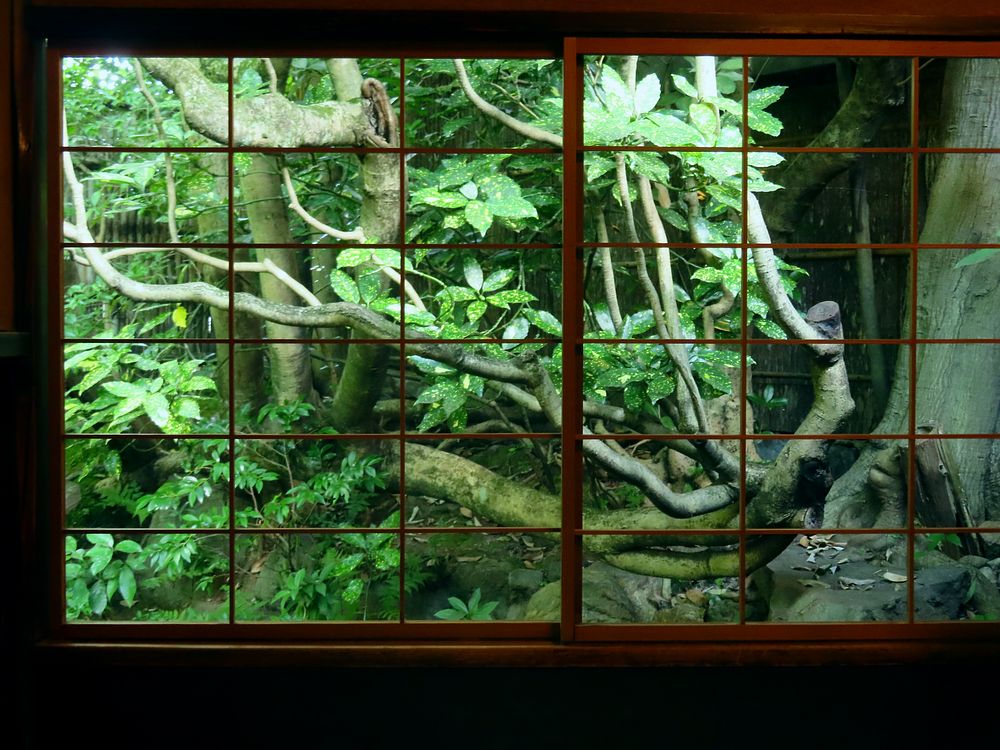
It is indeed a masterpiece when its natural form is viewed through the window frame.
The tree outside the window is a Dendropanax trifidus ikakureminoj, which can often be seen in Japan. The branches are magnificent, as if conscious of human aesthetics.
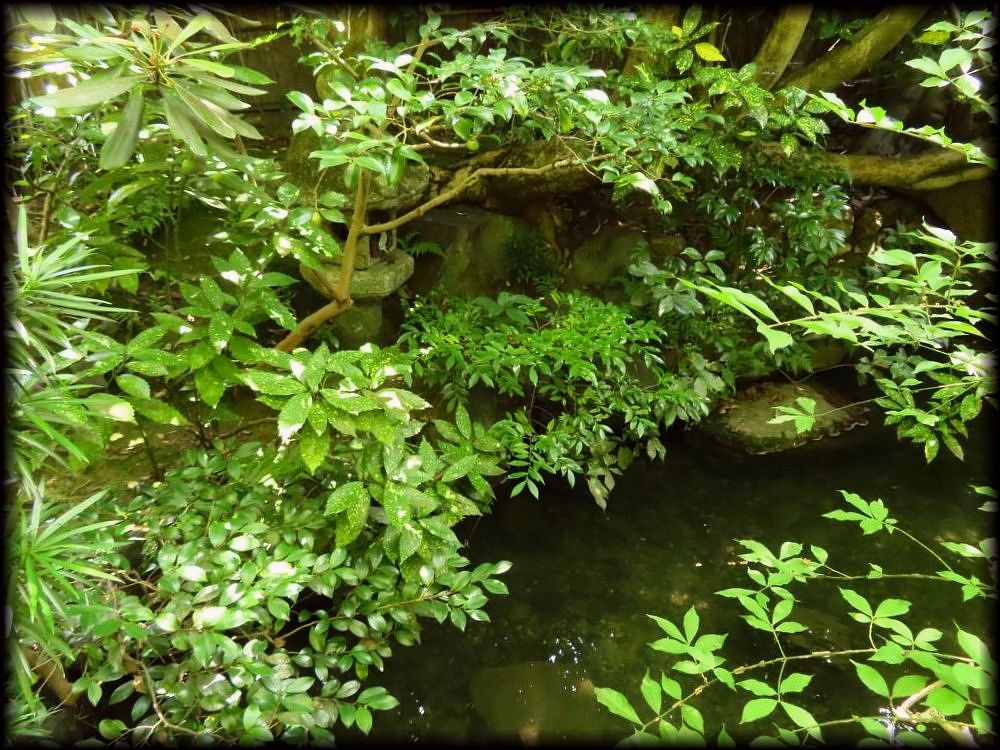
A stone lantern casually placed near the roots of a kakuremino.
By daring to place artificial forms in the midst of nature, the garden is sublimed from "nature as it is" to "culture.
Creating an artificial form and atmosphere that is very close to nature, rather than nature as it is, is the basis of Japanese gardens, especially those in Kyoto, the most culturally sophisticated city in Japan.
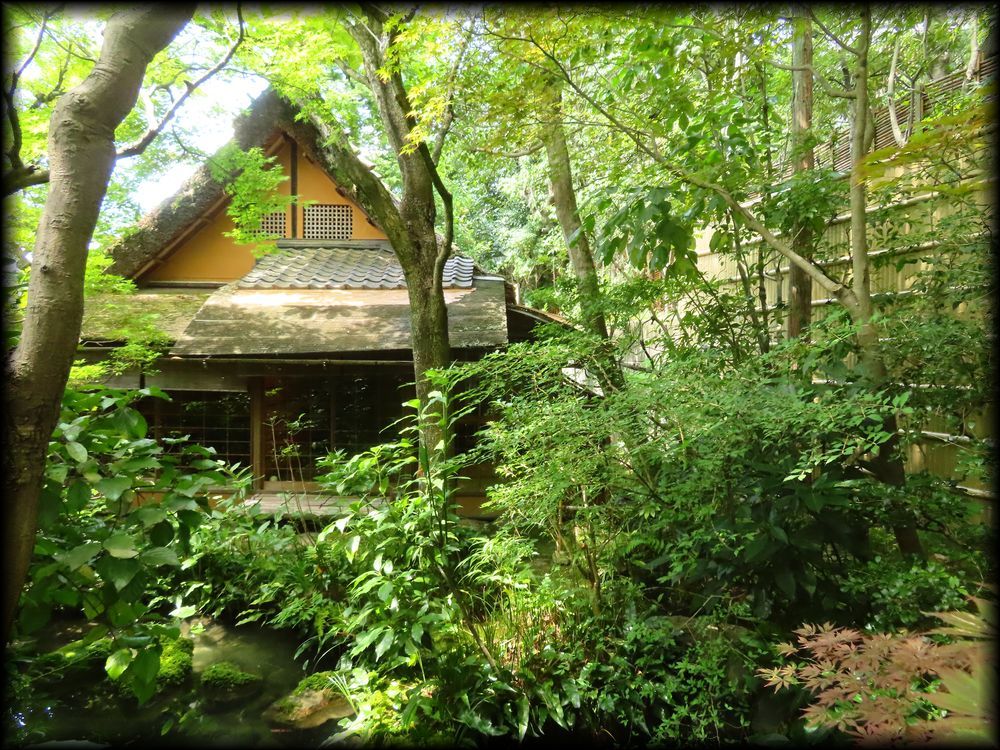
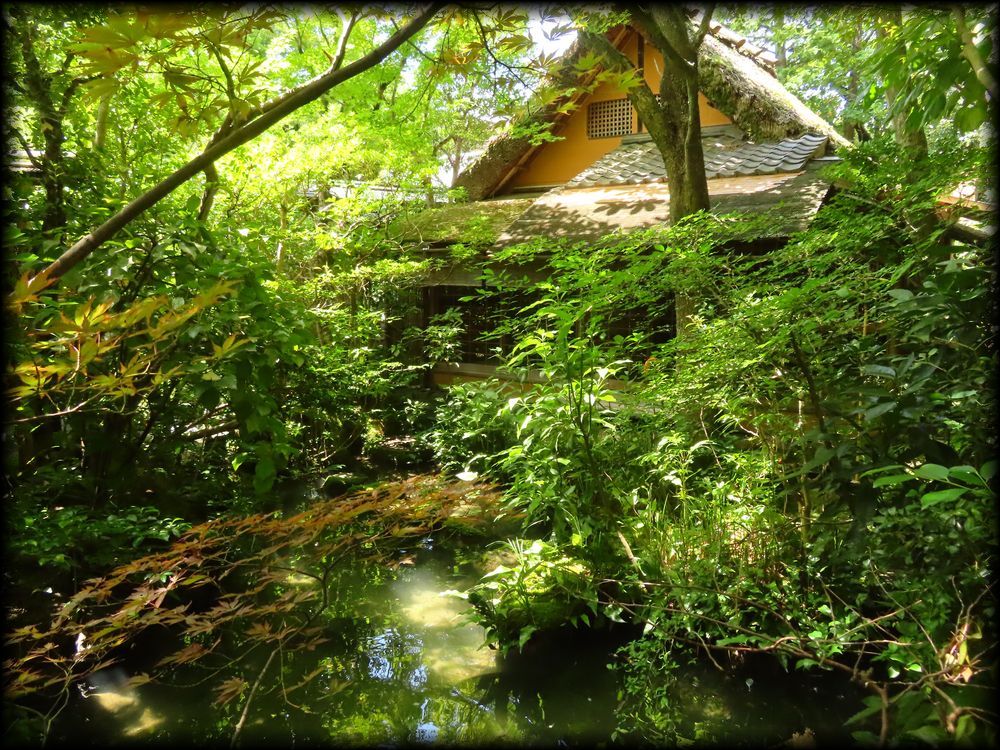
Across the pond, on the opposite bank of the Tansen-tei, stands the "Kuzuya.",
a kaya-thatched teahouse with a history dating back to the founding of the Hyotei.
Although the area surrounding the pond gives the impression of being haphazardly overgrown with trees (in fact, it seems to have been staged in a daringly haphazard manner),
The Hyotei dares to respect the spirit of the original tea ceremony and incorporates natural "bushes" into the garden.
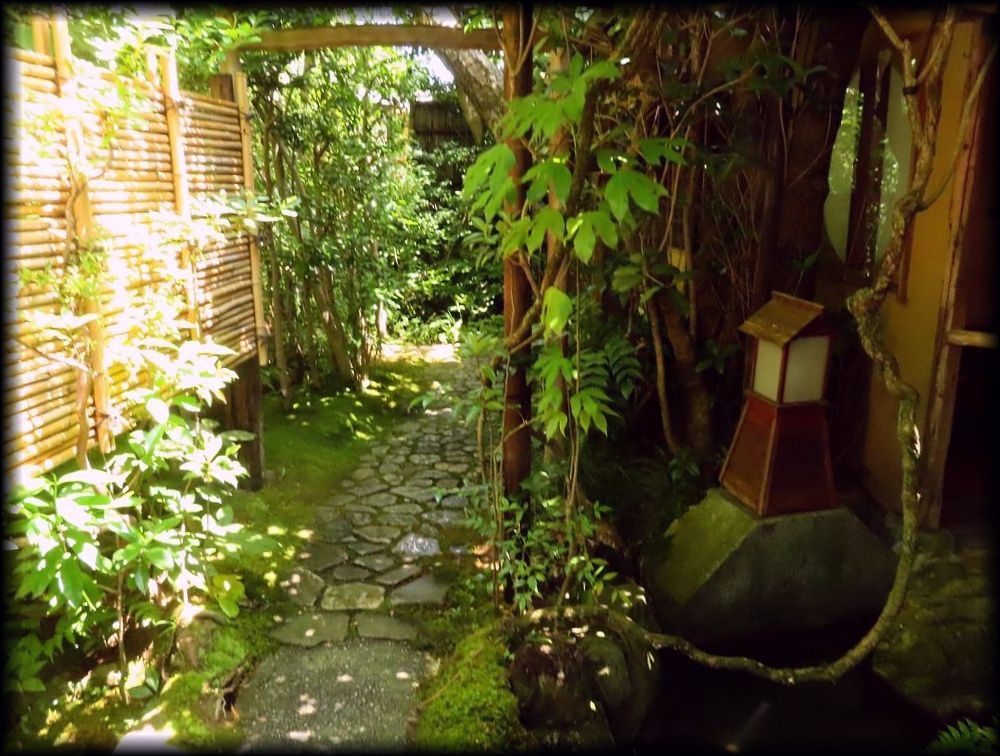
It is precious to be able to experience nature as it should be as soon as I enter the wooden door of my store in the city of Kyoto.
In the garden, beautiful butterflies rarely seen in the city fluttered about, and this was truly a "a mountain residence within the city".
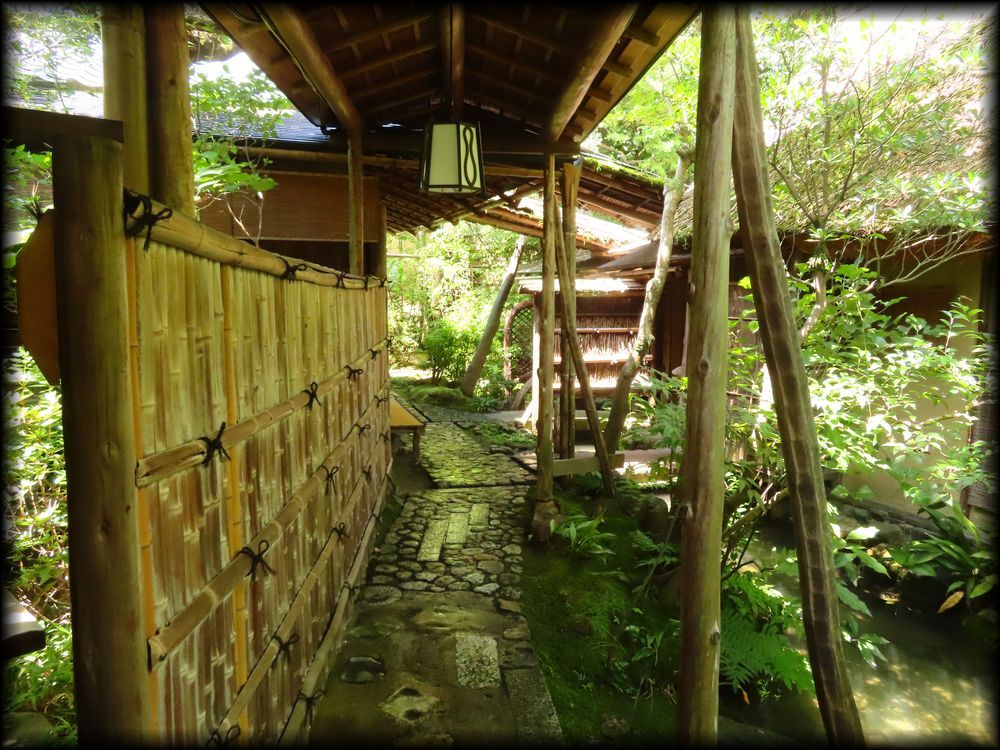
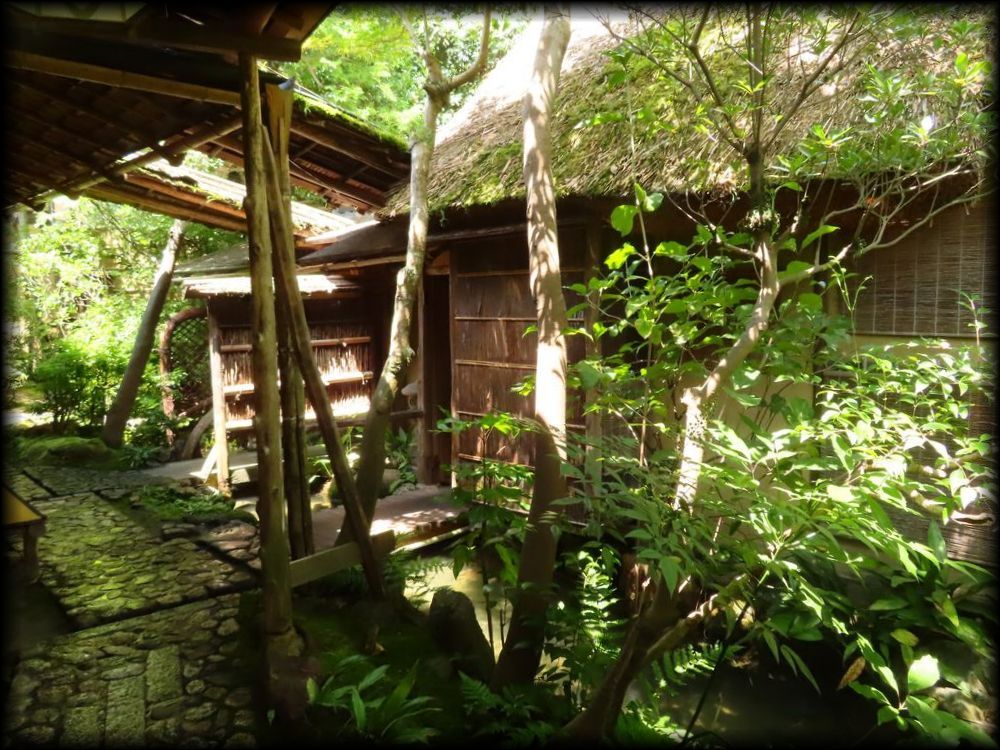
The paving stones leading to the "Kuzuya."
At Hyotei, you don't get to choose your room when you make a reservation,
I would like to have a meal at "Kuzuya" someday.
I heard that Meiji politicians and great writers such as Yasunari Kawabata loved "Kuzuya" very much.
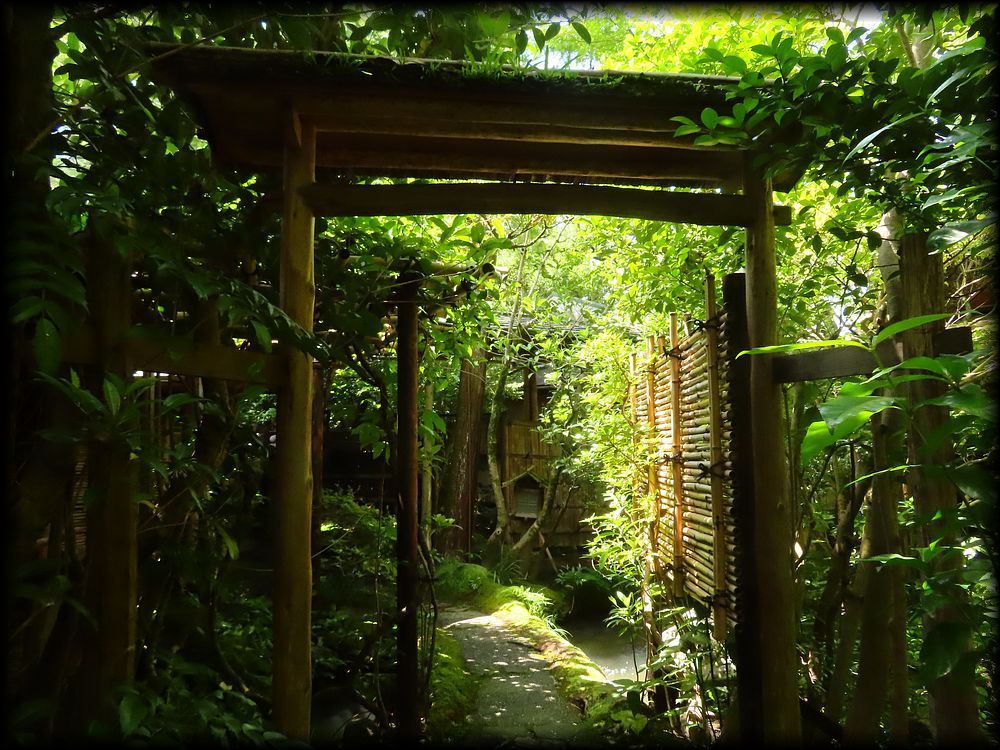
The wooden gate that stands in the passage from the entrance to the Tansen-tei is also designed to emphasize the natural atmosphere.
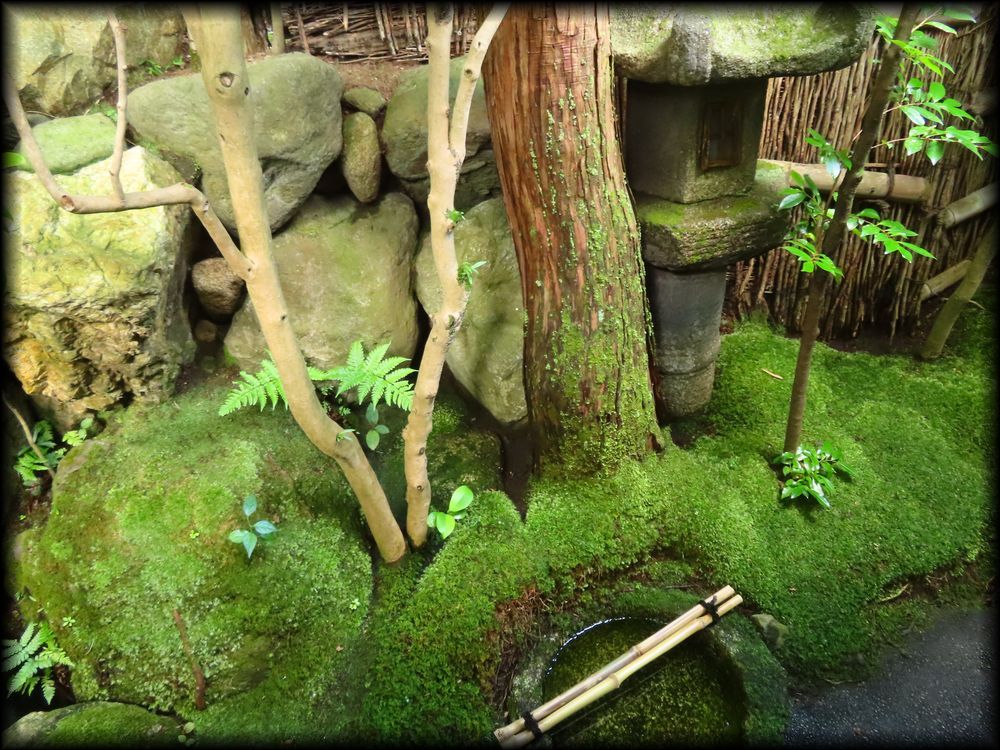
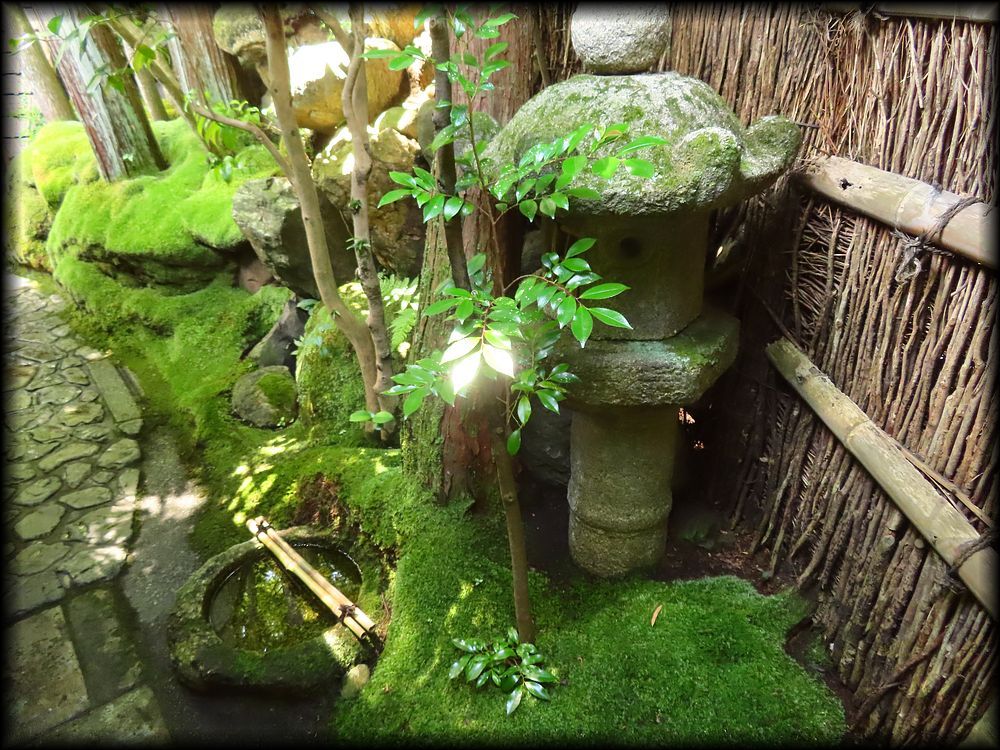
A moss-covered stone lantern and stone stone wash basin.
Artificial devices blend into nature and become one with it.
This garden was created by Kumakichi Kato, the third generation of the famous Kyoto landscape gardener Uekuma.
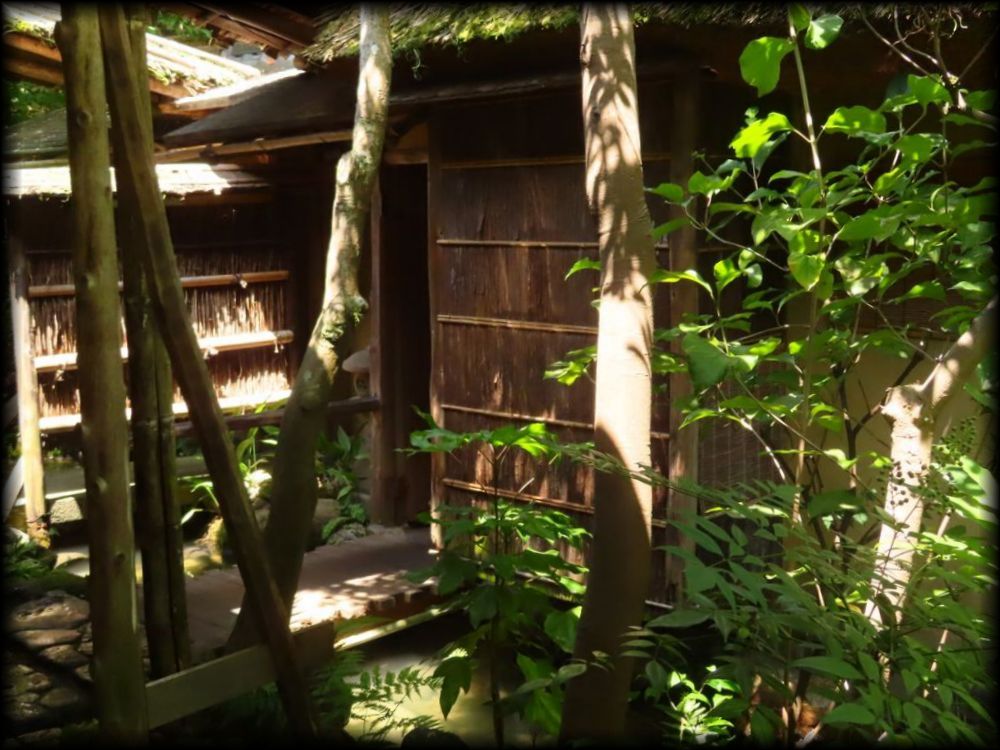
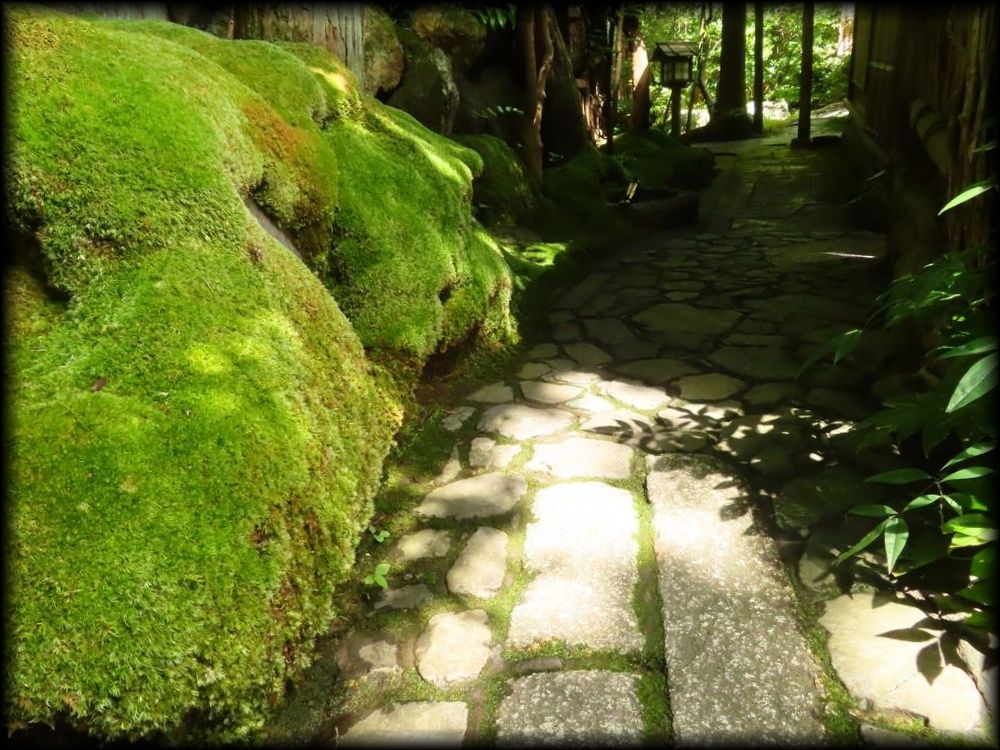
The light and shadows created by the sunlight filtering through the trees.
The beauty of the moss and paving stones that changes with the light and shadows is especially striking in a Japanese garden, especially in a small courtyard iTsuboniwaj.
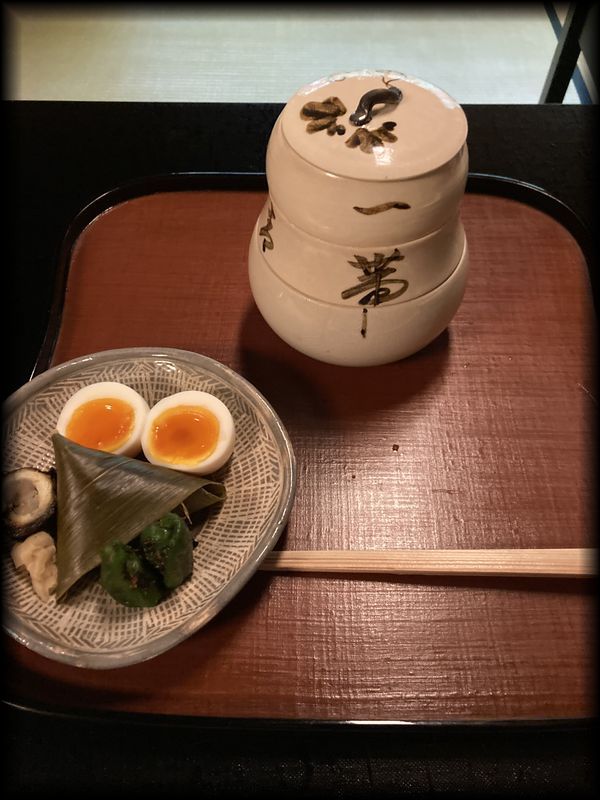
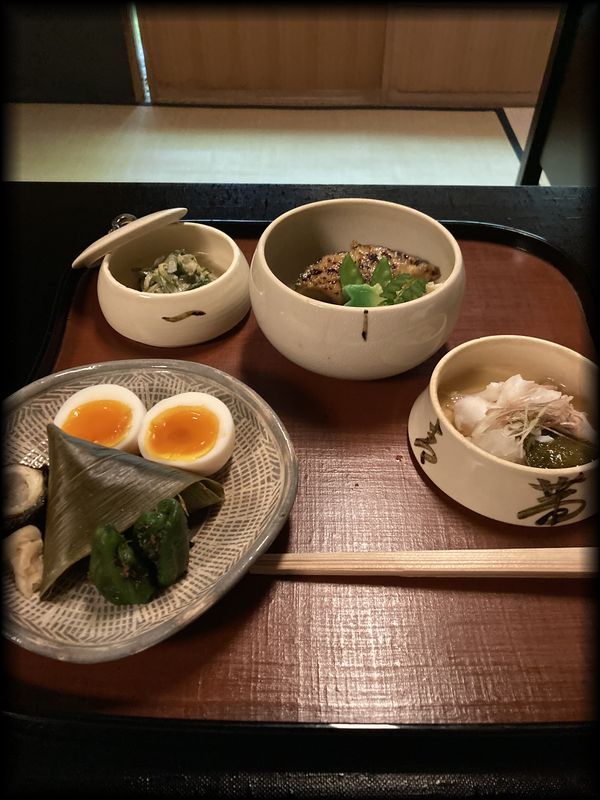
The splendor of Hyotei is not limited to its garden. The food, which is its main business, is probably the most delicious in Kyoto's ryotei restaurants.
